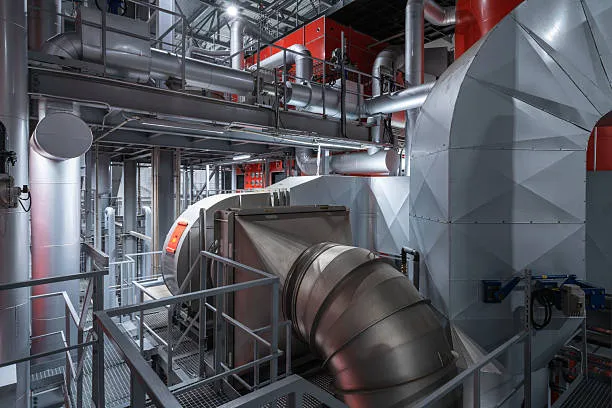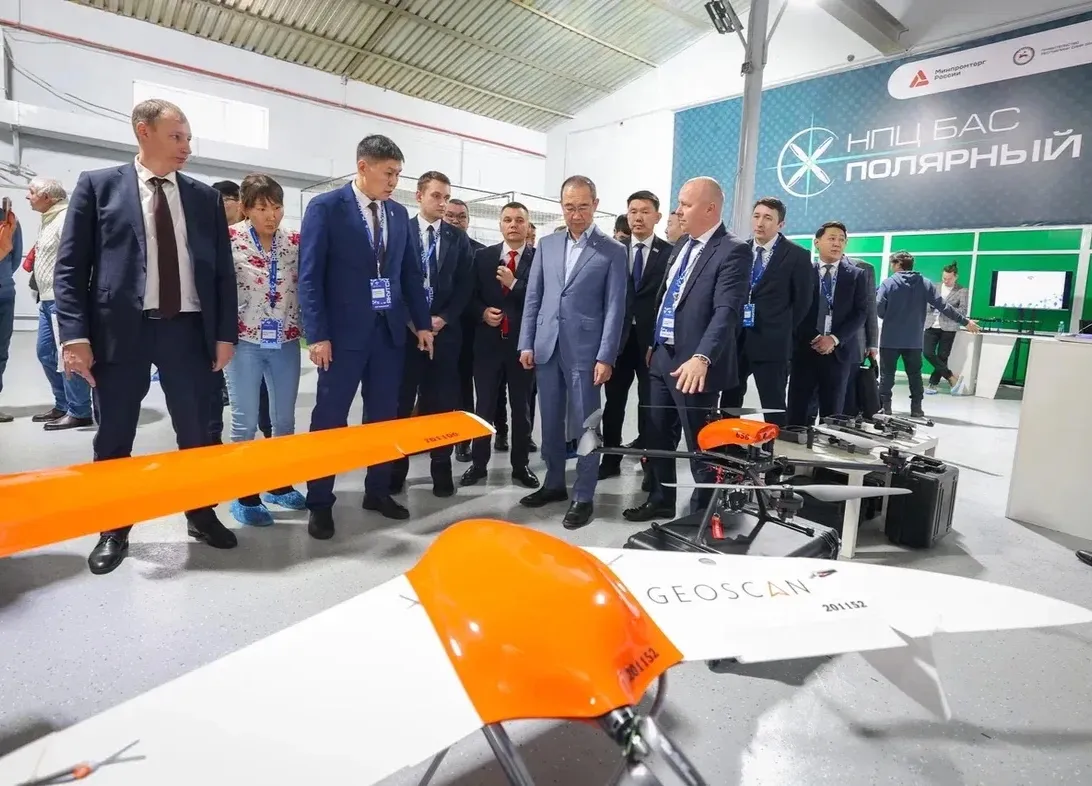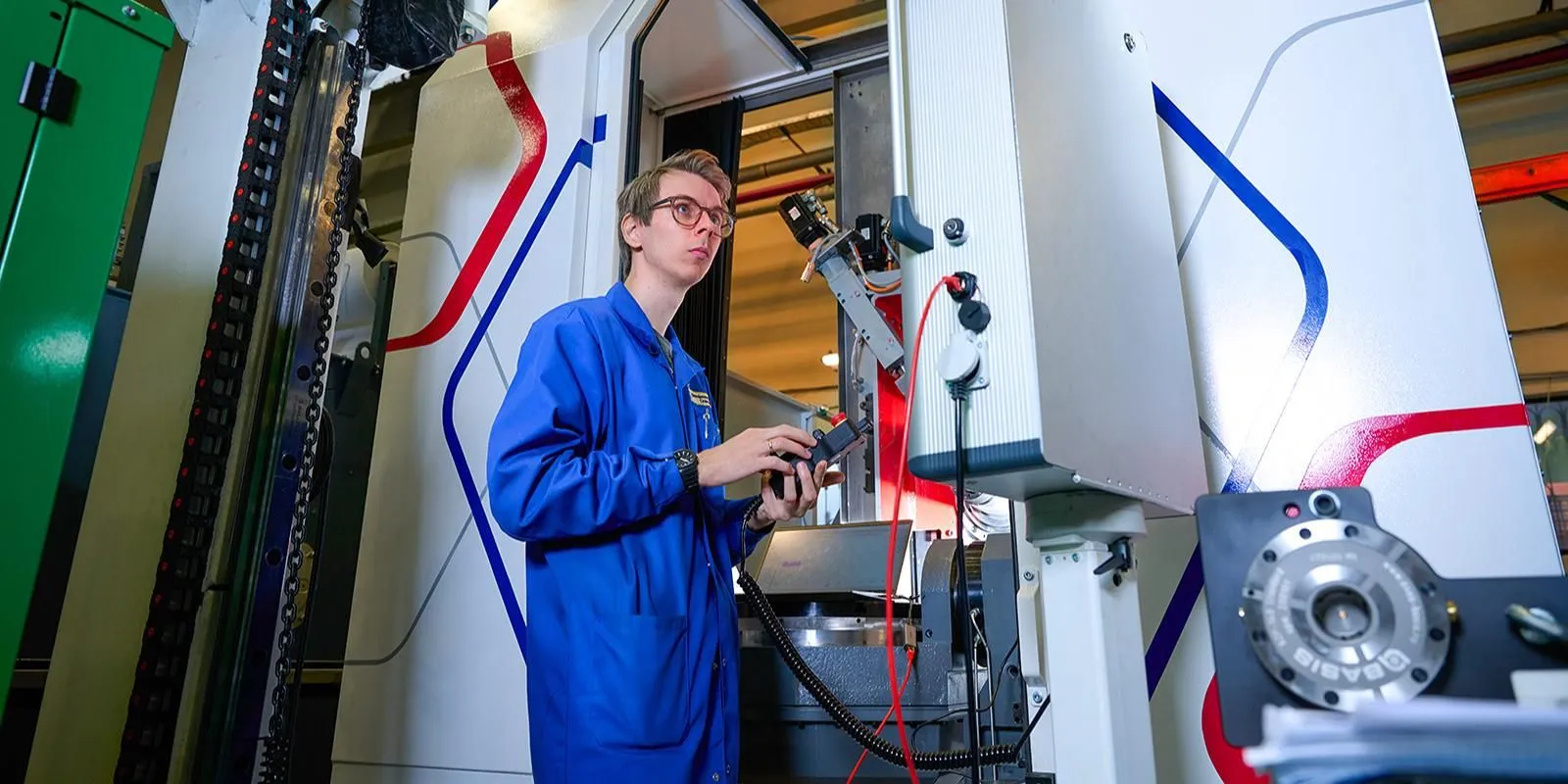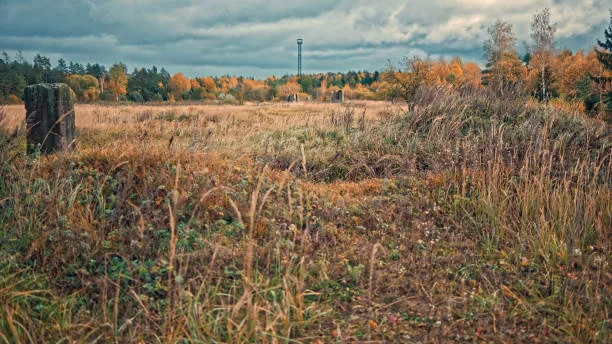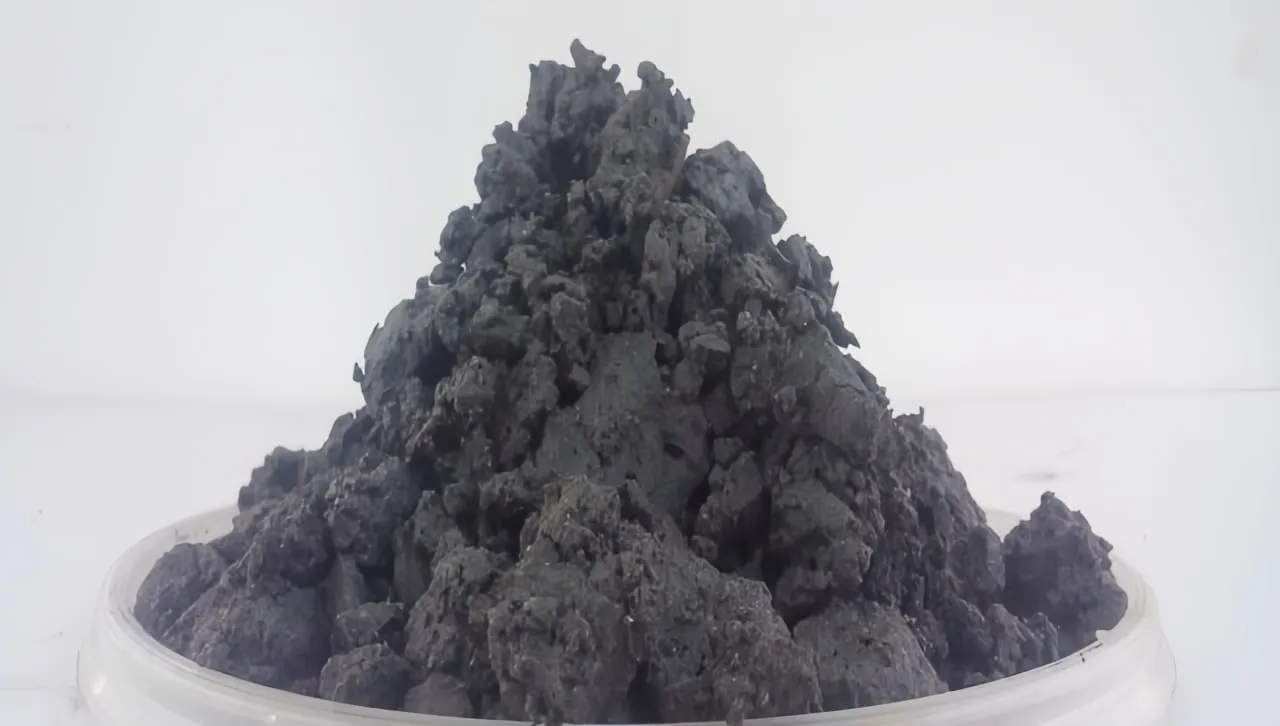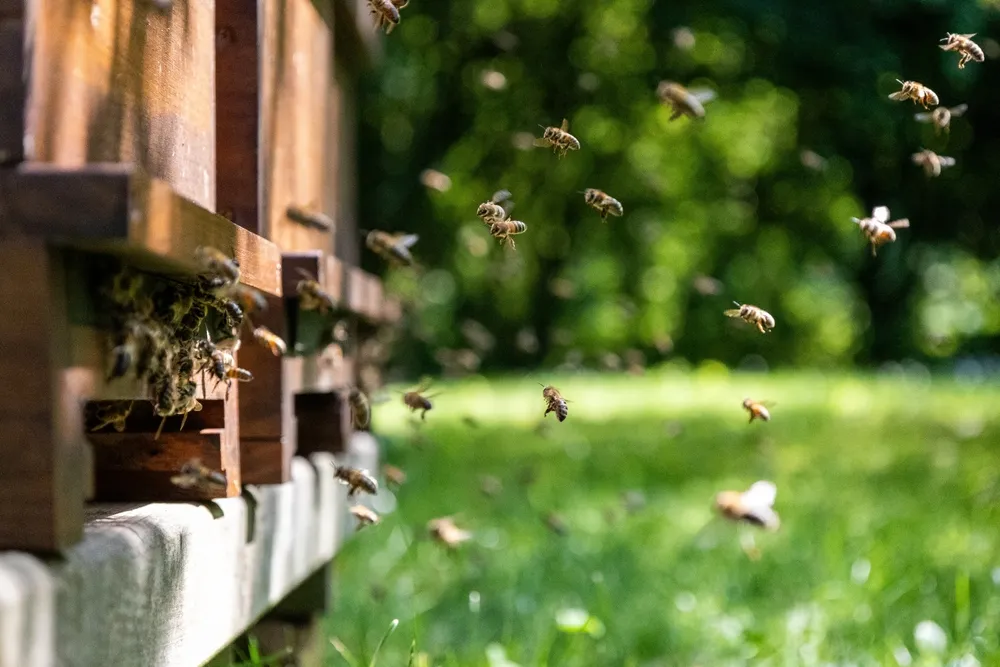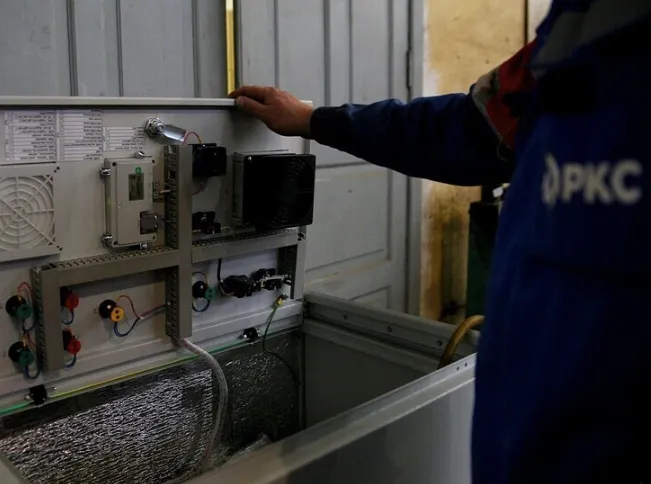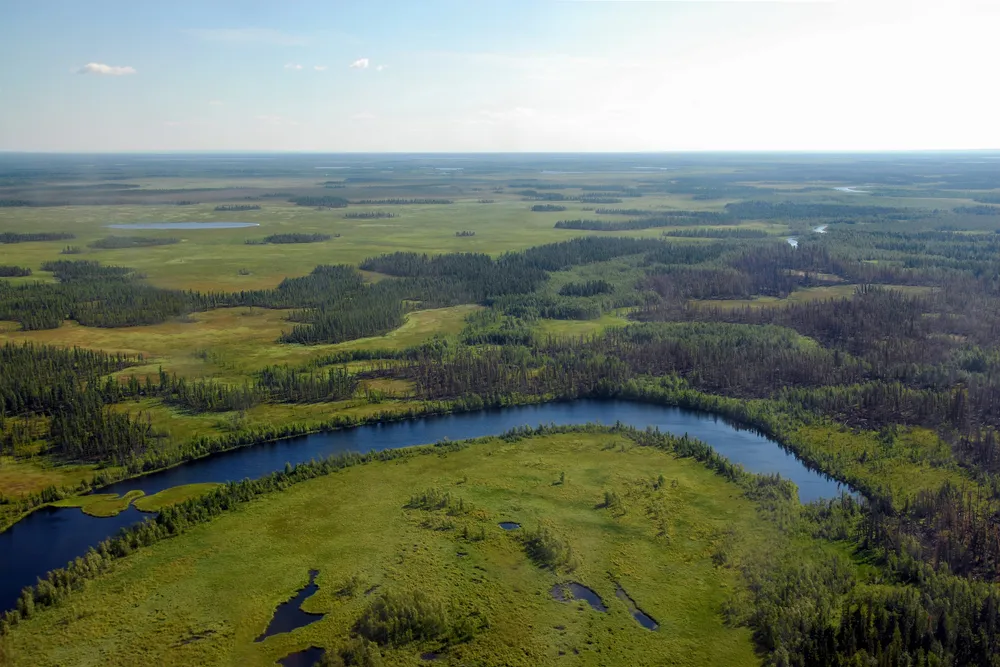Russia Deploys Cutting-Edge Air‑Quality Monitoring Technologies

At a recent environmental‑tech forum in Russia, more than 300 experts unveiled automated systems designed to deliver real‑time, high‑precision air‑quality data across even the most remote and harsh regions of the country.
At the Forum of Environmental Technology Leaders, held this summer, leading voices from industry, government and science gathered to spotlight innovations aimed at preserving the natural world. Over 300 participants including corporate representatives and state officials attended to discuss advances in ecological monitoring and data integration.
Norilsk Nickel, Russia’s powerhouse in mining and metallurgy, kicked off the presentations by unveiling its first fully automated Arctic air‑monitoring system. The network comprises 16 fixed modules, each outfitted with sensors that continuously sample and analyze levels of sulfur and carbon oxides, hydrogen sulfide and nitrogen dioxide; they also track particulate matter, temperature, pressure and humidity. Data are collected around the clock and synthesized into unified reports for rapid assessment.
Next, Terra Tech a subsidiary of Russian Space Systems under Roscosmos introduced its nationwide environmental‑surveillance platform. Powered by artificial‑intelligence algorithms, the system ingests vast data streams from across Russia’s regions to generate precise, real‑time assessments of air quality and other environmental indicators.
Finally, the Kaluga Electromechanical Plant demonstrated its “Palantir” hardware‑software complex, designed for advanced atmospheric air‑quality monitoring. The modular suite integrates seamlessly with existing networks, offering high‑tech analytics and customizable reporting.
By combining outputs from these varied platforms, Russia’s new suite of monitoring tools promises unprecedented speed and accuracy in tracking environmental conditions, even in the planet’s most extreme climates. The unified data picture is expected to empower faster, more informed decisions to protect both ecosystems and public health.







